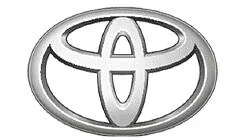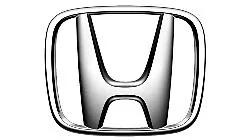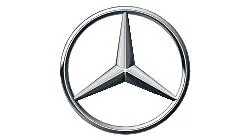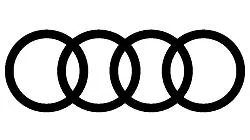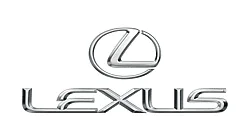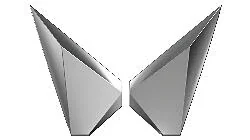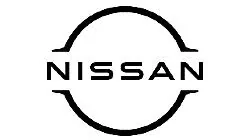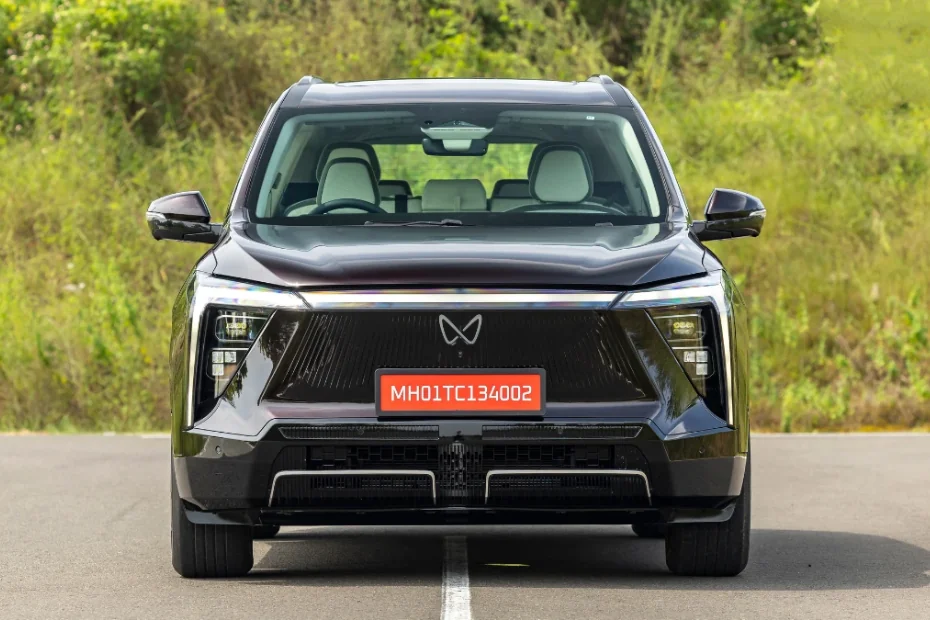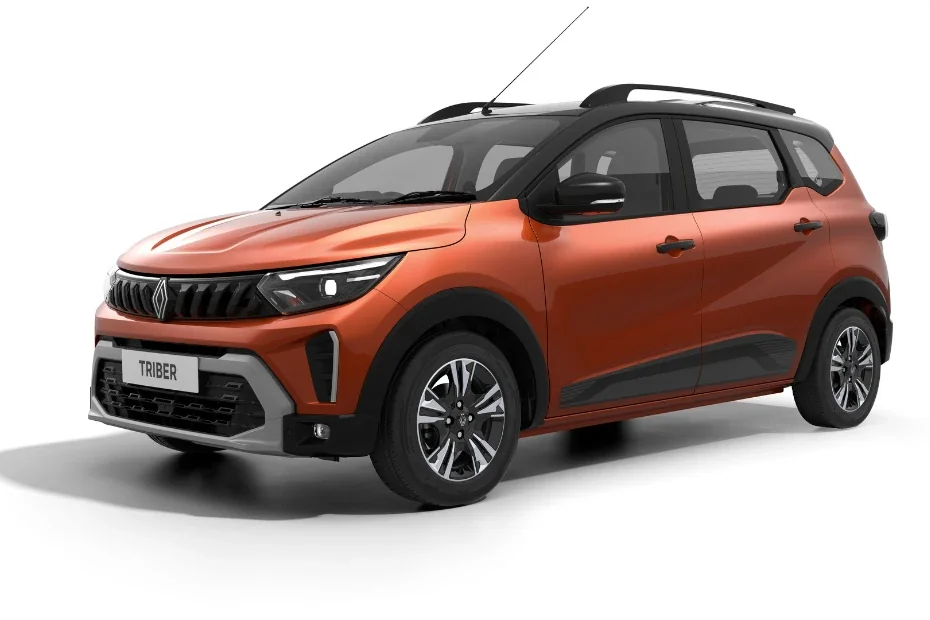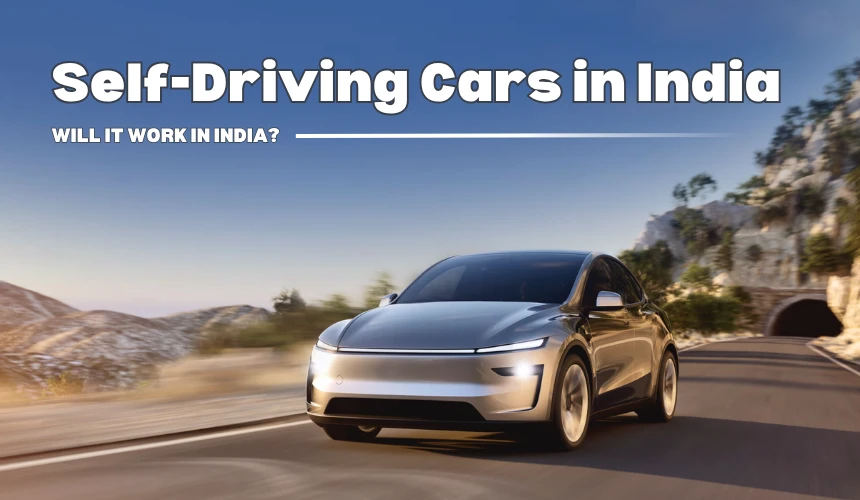
While many countries, including India, are aggressively promoting electric mobility, the sales of internal combustion engine (ICE) vehicles is said to grow at a steady rate alongside greener technologies, including electric cars, for at least the next two decades. However, diesel vehicles might face a potential phaseout in the near future. This means choosing between EVs and petrol vehicles when you decide to buy a new car might become more crucial than ever. So, to make an informed decision, it is required to delve into the world of EVs and petrol cars.
Here we have compared EVs and petrol cars on various factors:
High Purchase Cost

EVs: EVs have high purchase costs due to their battery packs.
Petrol: Petrol cars are comparatively more affordable compared to EVs, primarily due to high demand and lower manufacturing costs, making them a budget-friendly option for a wide set of buyers.
Also Read: CNG vs Electric: Which New Car to Buy
Infrastructure
EVs: EVs require a reliable charging network, and their availability might vary depending on the location.
Petrol: There are plenty of fuel stations available across every corner of the country.
Emissions
EVs: EVs are generally considered environmentally friendly due to their zero-tail pipe emissions. Charging from renewable sources can further decrease the carbon footprint. However, currently, the most common means of generating electricity and the manufacturing process of EVs and their components are not actually emission-free.
Petrol: ICE vehicles emit greenhouse gases from exhaust, thus contributing to pollution.
Drive Range

EVs: Range anxiety may be a concern, especially during intra-city commuting to areas with limited charging infrastructure.
Petrol: The range is not an issue with ICE. They generally offer a longer driving range on a single tank of fuel.
Efficiency
EVs: Electric vehicles (EVs) are more energy efficient than Internal Combustion Engine (ICE) vehicles.
Petrol: An average ICE has an efficiency of only around 40%, with 60% lost via heat & friction.
Also Read: Things to Consider Before Buying an Electric Car
Running Costs
EVs: EVs have lower running costs due to high energy efficiency.
Petrol: ICE vehicles have high running costs due to less efficiency and skyrocketing fuel prices.
Recharging/Refueling

EVs: Most EVs take at least an hour to recharge the battery pack up to 80%, and that too via DC fast chargers. Specially provided wall box chargers take roughly 6 hrs for the same, while a regular home charger takes almost half a day.
Petrol: Refuelling an ICE vehicle simply takes a couple of minutes.
Driving Experience
EVs: Provides immediate throttle response and faster acceleration due to the immense torque on offer.
Petrol: ICE are generally slower than their EV counterparts.
NVH Levels
EVs: The absence of large mechanical parts reduces NVH levels, and vibrations, thus providing a smoother and calm driving experience.
Petrol: NVH levels and harshness might vary depending on the vehicle. But ICE vehicles generally have higher noise & vibration levels.
Also Read: Top 5 EVs with Highest Electric Range You Can Buy In India Currently
Maintenance

EVs: Structure of an electric vehicle is much simpler than an ICE vehicle, and it has fewer moving parts, thus having lower maintenance costs. Only tyres, fluids, and brakes need to be checked and replaced.
Petrol: Require periodic maintenance and special care.
Repairing Challenges
EVs: Electronic systems require specially trained mechanics. Also, the EV repair centres are limited in the country.
Petrol: Local mechanics may fix them easily.
Personal Parking Space
EVs: To charge EVs at home, one must require a personal parking space or need to have access to a nearby charging station. However, the latter might cost more than charging at home.
Petrol: ICE vehicles don’t have any specific charging requirements.
Part Replacement Cost
EVs: Since batteries have a fixed life cycle, replacing them after a certain period might be costly.
Petrol: ICE vehicles typically have lower replacement costs.
Also Read: Top 10 Highest-Range Premium EVs in India
Resale Value
EVs: EVs have lower resale value due to battery degradation, and evolving technology.
Petrol: ICE vehicles generally offer higher resale values compared to EVs.
Government Incentives
EVs: The Indian government, along with various other state bodies, offer various financial incentives to promote the use of EVs.
Petrol: ICE vehicles often incur higher road tax and renewal fees, resulting in increased ownership costs compared to EVs.
Conclusion
Going by the above-mentioned comparison, both ICE and EVs have their own merits and demerits, which buyers should consider before making their final decisions. Considering the current constraints of EVs in the Indian markets, they need further evolution, lowered purchase costs, and strong charging infrastructure before becoming a primary choice for the masses. Nevertheless, they can excel well as secondary cars. Meanwhile, strong-hybrid cars can make more sense as primary vehicles as they are less polluting and offer better fuel efficiency than a regular ICE car.
Also Read: Upcoming BMW Cars in India
About Author
Car Lelo was launched with a vision of making the car buying effortless and was designed keeping in mind all the ifs and buts that overshadow the car buying experience. We at Car Lelo strongly believe; buying a car is a unique escapade that does not happen every day. We strongly put in our efforts to deliver an overall bespoke experience to our customers. We bring it all together on a single platform, starting from choosing your car online to selecting colours, variants, and the paperwork. With our remarkably easy user experience, we aim to drive transparency throughout the purchase process. We at Car Lelo offer deals on cars and offer the highest satisfaction after the car is delivered. Car Lelo aims to cut out on the daily hassle and bring ease to your fingertips.
Top Car Brands in India
Top Car Brands in India
Trending Car News in India
Trending Cars in India
Trusted Dealer
All Over India
Irresistible Offers
Stay Updated, Pay Less
Compare Cars
Choose the Right Car
Easy Finance
Multiple Finance Options

Monday - Saturday
10:00am - 6:30pm
+91 7947722777, +91 7479000444, +91 9311718549
contact@carlelo.com









